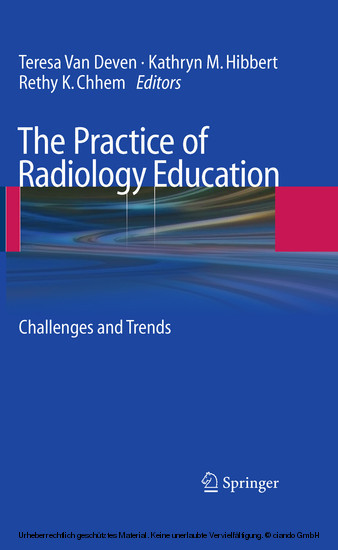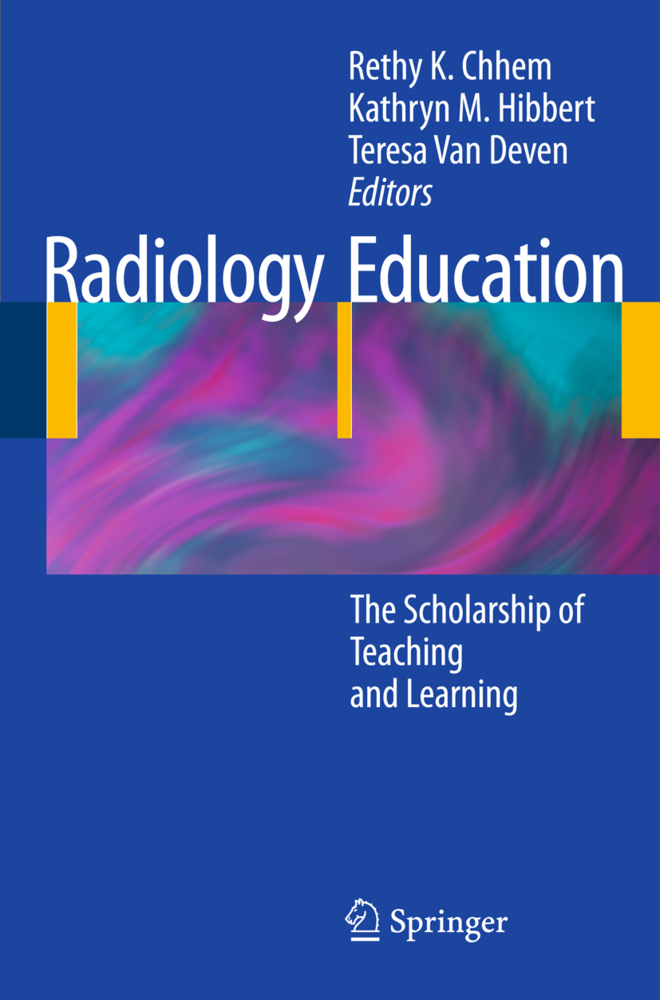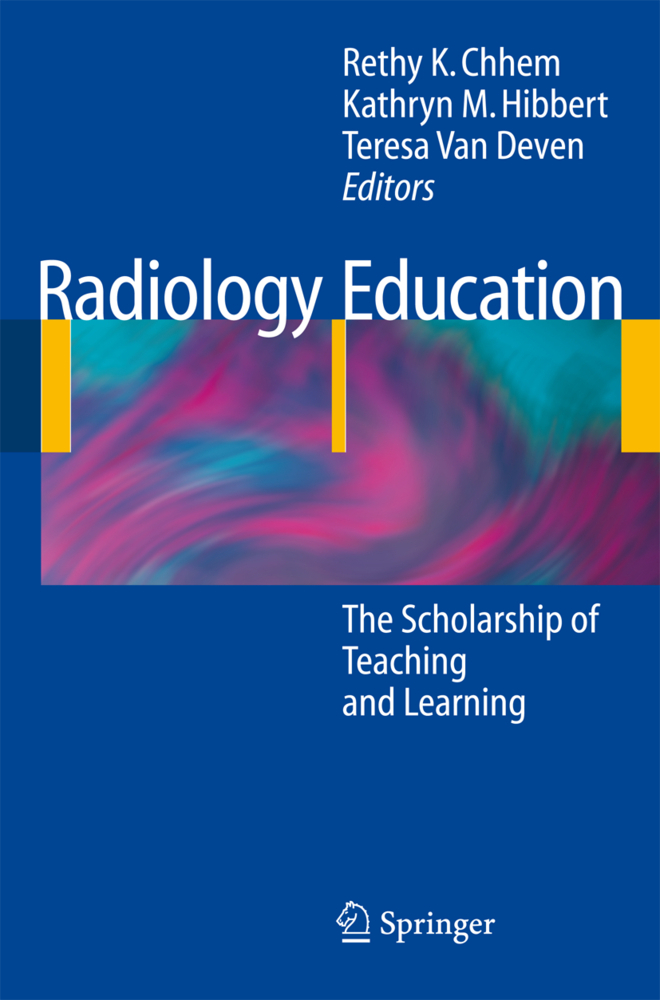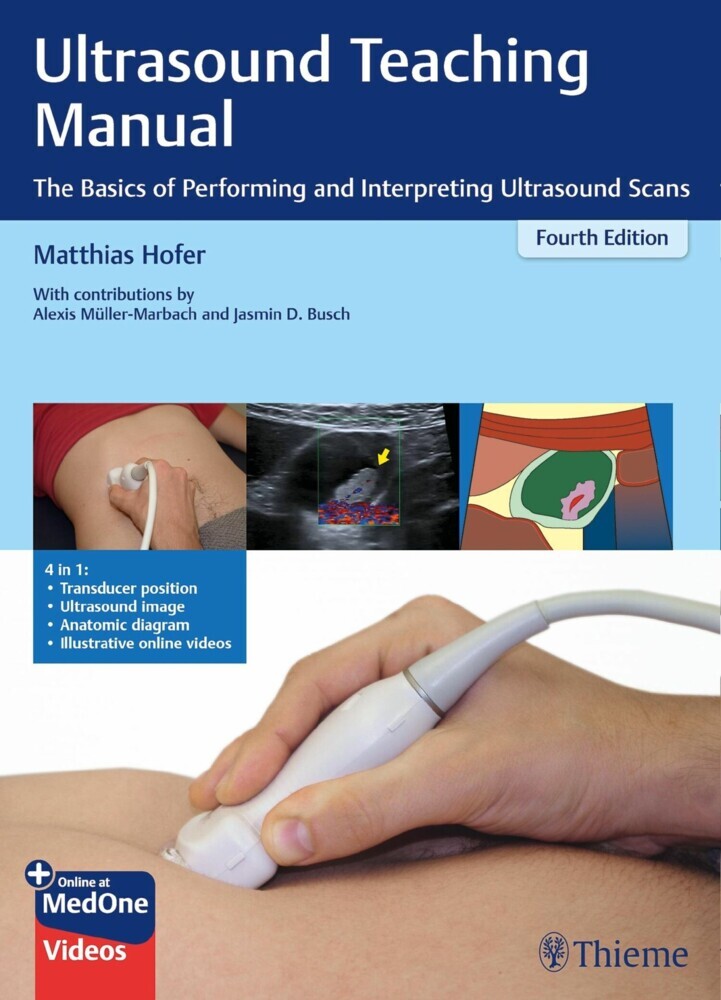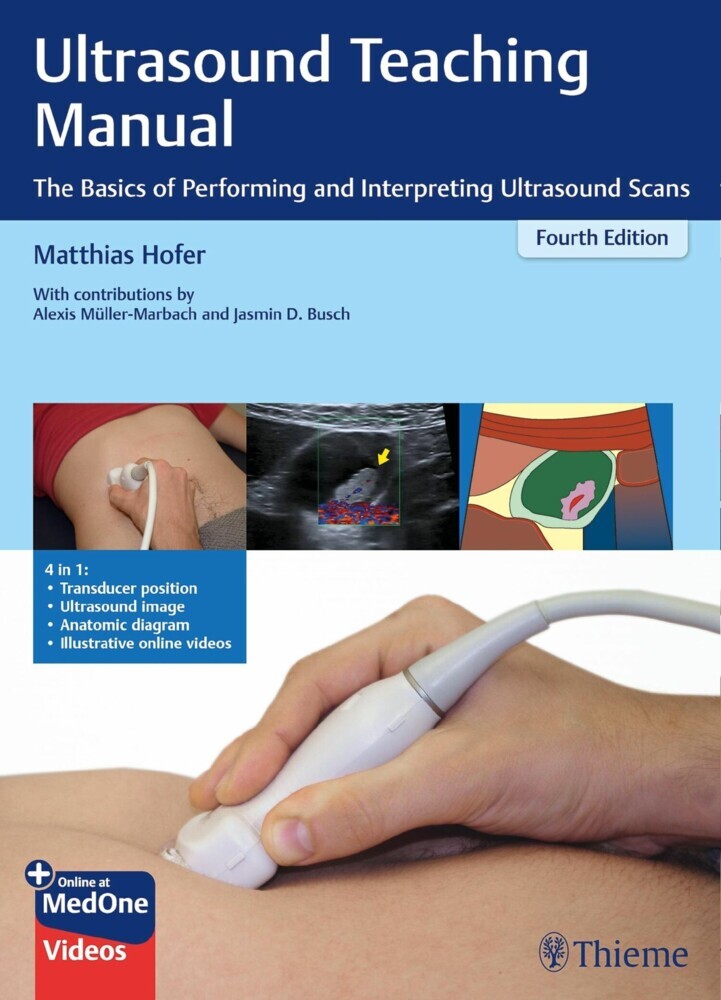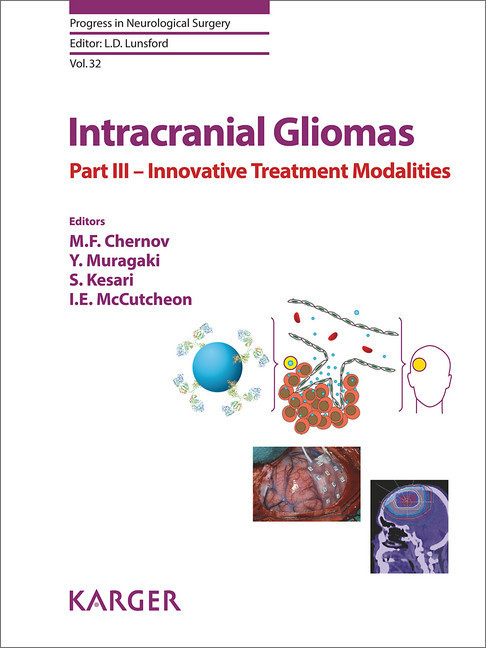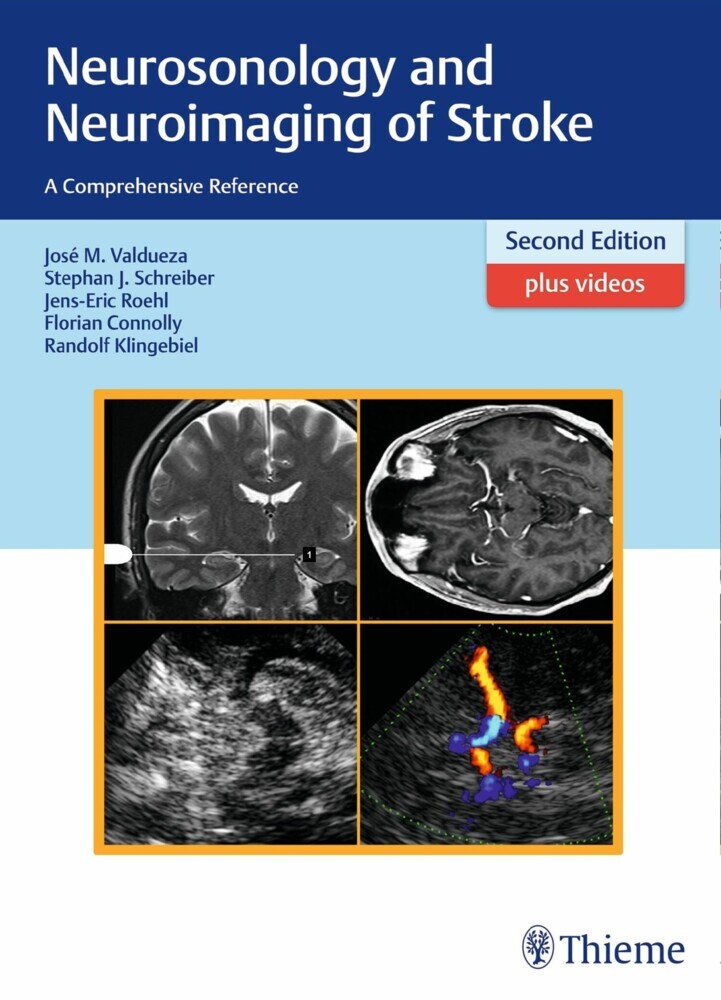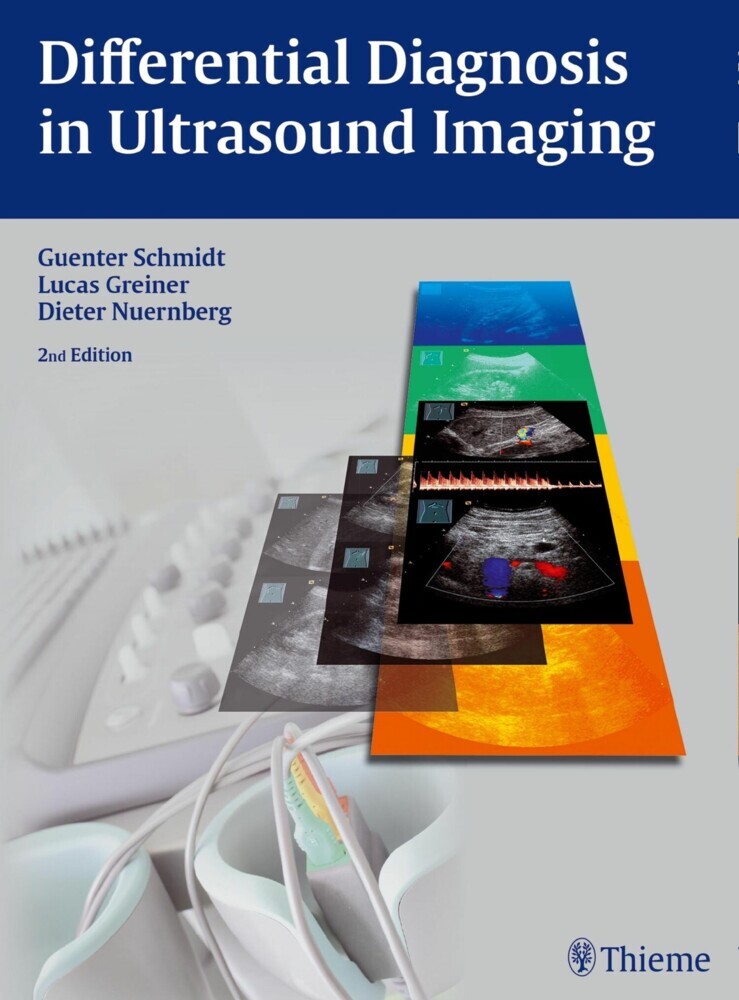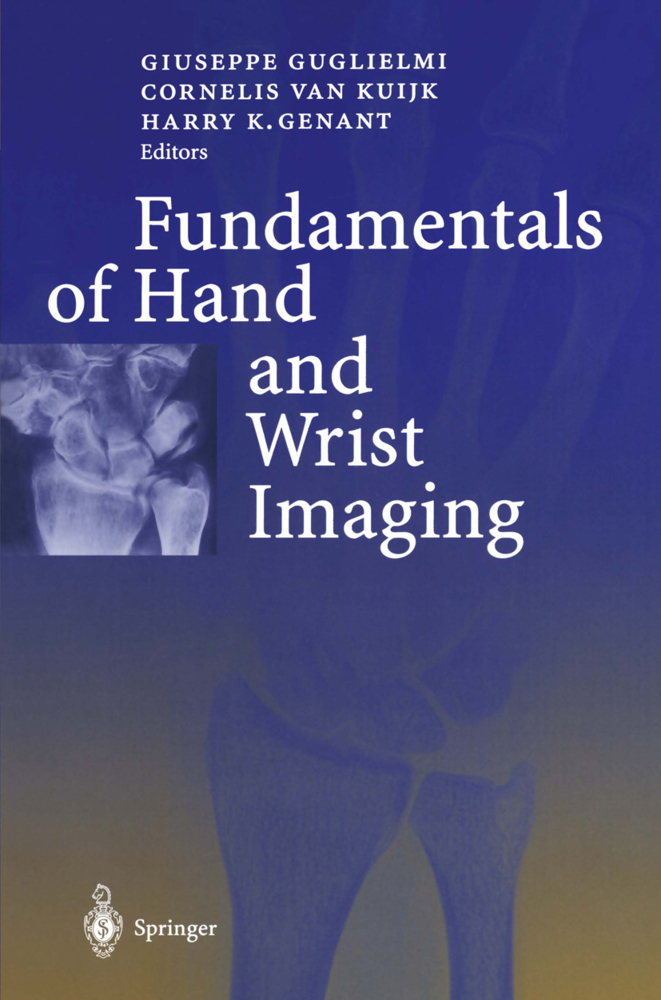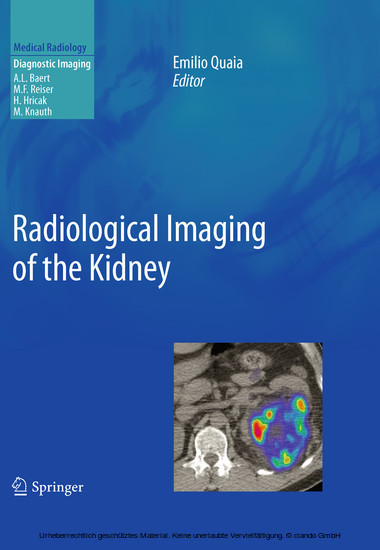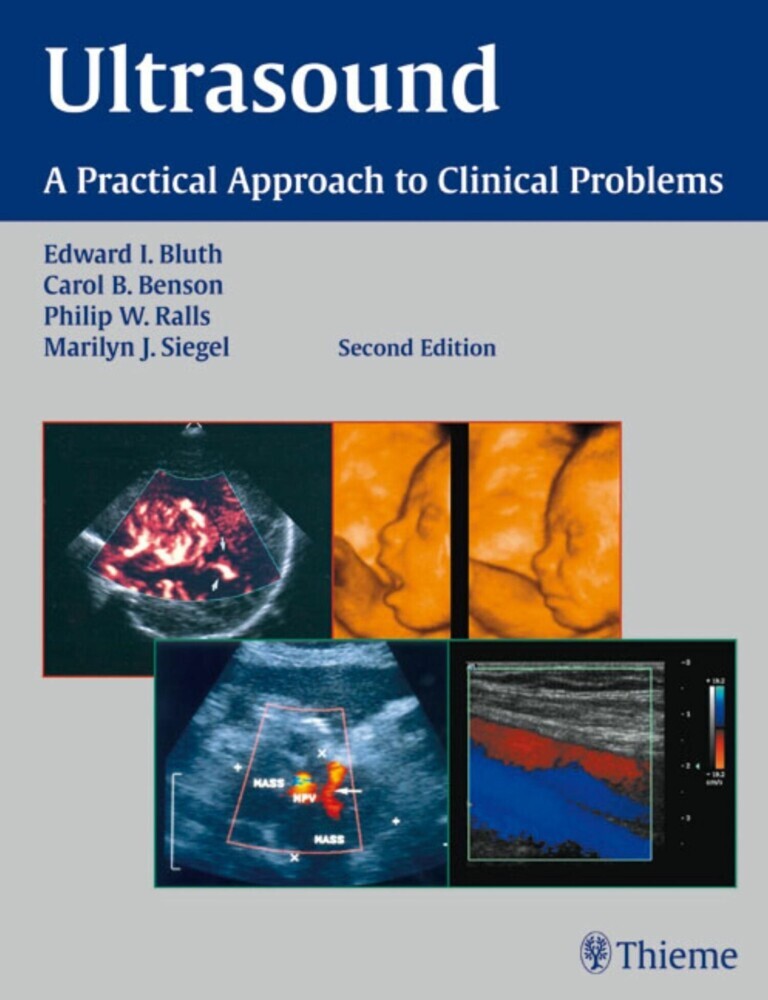The Practice of Radiology Education
Challenges and Trends
The Practice of Radiology Education
Challenges and Trends
The role of medical imaging is increasingly integral to health care, drug discovery, biology, and other life sciences. The changes that are occurring call for innovation in the training of the medical imaging experts of tomorrow. In their previous book, Radiology Education: The Scholarship of Teaching and Learning (2008), the editors addressed the philosophical and theoretical underpinnings of scholarship in radiology education. Now, in The Practice of Radiology Education: Challenges and Trends, they focus on the application of these concepts within educational programs for radiology residents and fellows. The contributors are educators in radiology from around the world, providing a global perspective on the main challenges facing medical imaging education and the potential strategies required to meet these challenges. It is hoped that the book will assist in attaining the ultimate goal of radiology education: to help patients.
1;The Practice of Radiology Education;1 1.1;Title Page;2 1.2;Copyright Page;3 1.3;Foreword;4 1.4;Acknowledgements;6 1.5;Contents;8 1.6;Contributors;16 1.7;Abbreviations;20 1.8;Introduction;23 1.9;Chapter 1;26 1.9.1;Transcending the Barriers of Interprofessional Collaboration: Our Continuing Journey as Educators in Medical Imaging;26 1.9.1.1;1.1 Introduction;26 1.9.1.2;1.2 A View of the Teaching Profession;26 1.9.1.3;1.3 Establishing a Partnership;27 1.9.1.4;1.4 Crossing Borders;28 1.9.1.4.1;1.4.1 The First Step;28 1.9.1.5;1.4 What Are Some of the Barriers?;29 1.9.1.5.1;1.4.1 Diff erent Cognitive Values;29 1.9.1.5.1.1;1.4.1.1 What Role Does Culture Play?;29 1.9.1.5.1.2;1.4.1.2 Institutional Support;30 1.9.1.6;1.5 Recognizing the Limitations;31 1.9.1.7;1.6 Final Thoughts;32 1.9.1.8;References;32 1.10;Chapter 2;34 1.10.1;Curriculum Matters! Designing Curriculum for Radiology Resident Rotations;34 1.10.1.1;2.1 The Evolution;34 1.10.1.2;2.2 Components of Radiology Teaching;35 1.10.1.2.1;2.2.1 Rotations;35 1.10.1.2.1.1;2.2.1.1 Rotation Objectives;36 1.10.1.2.1.2;2.2.1.2 Learning;36 1.10.1.2.1.3;2.2.1.3 Reporting;36 1.10.1.2.2;2.2.2 Rounds or Small Group Case Based Learning;37 1.10.1.2.2.1;2.2.2.1 Rounds by Radiologists;37 1.10.1.2.2.2;2.2.2.2 Rounds by Residents;38 1.10.1.2.3;2.2.3 Academic Afternoons;39 1.10.1.3;2.3 Components of Radiology Assessment and Evaluation;39 1.10.1.3.1;2.3.1 Resident Assessment and Evaluation;39 1.10.1.3.2;2.3.2 Radiologist and Rotation Assessment and Evaluation by Residents;41 1.10.1.3.3;2.3.3 Reflection, Last But Not Least;41 1.10.1.4;2.4 Summary;42 1.10.1.5;References;42 1.10.1.6;Suggested Reading;43 1.10.1.7;Journals;43 1.10.1.8;Associations;43 1.10.1.9;Appendix Abdominal/Body Imaging Rotations;44 1.10.1.9.1;Rotation Objectives by Resident Year;44 1.10.1.9.1.1;By the end of the PGY2 Rotation the resident will:;44 1.10.1.9.1.1.1;Assessment;44 1.10.1.9.1.2;By the end of the PGY3/4 Rotation the resident will:;44 1.10.1.9.1.2.1;Assessment;44 1.10.1.10;CanMEDS Rotation Objectives Pgy2-5;45 1.10.1.10.1;Medical Expert;45 1.10.1.10.1.1;Technology;45 1.10.1.10.1.2;Anatomy;45 1.10.1.10.1.3;Skills;45 1.10.1.10.1.4;Interpretation;46 1.10.1.10.2;Communicator;46 1.10.1.10.3;Collaborator;46 1.10.1.10.4;Manager;47 1.10.1.10.5;Health Advocate;47 1.10.1.10.6;Scholar;47 1.10.1.10.6.1;Learning;47 1.10.1.10.6.2;Teaching;48 1.10.1.10.7;Professional;48 1.10.1.11;Rotation Evauluation;48 1.11;Chapter 3;49 1.11.1;Applying CanMEDS to Academic Afternoons;49 1.11.1.1;3.1 Theory and Principle;49 1.11.1.2;3.2 Challenge 1: What Are the CanMEDS Roles and What Do They Mean for Radiology?;50 1.11.1.2.1;3.2.1 Medical Expert;50 1.11.1.2.2;3.2.2 Communicator;51 1.11.1.2.3;3.2.3 Collaborator;52 1.11.1.2.4;3.2.4 Manager;52 1.11.1.2.5;3.2.5 Health Advocate;53 1.11.1.2.6;3.2.6 Scholar;53 1.11.1.2.7;3.2.7 Professional;54 1.11.1.3;3.3 Challenge 2: How Do I Implement the CanMEDS Framework into Formal Radiology Curriculum?;54 1.11.1.4;3.4 Practical Implementation;54 1.11.1.4.1;3.4.1 CanMEDS Academic Half-Day Presentations;55 1.11.1.4.2;3.4.2 Idea 1: Small-Group Presentation of CanMEDS Topics: Format and Description;56 1.11.1.4.3;3.4.3 Examples: Sample Small-Group Sessions;57 1.11.1.4.3.1;3.4.3.1 Example 1;57 1.11.1.4.3.1.1;Background;58 1.11.1.4.3.1.2;Learning objectives;58 1.11.1.4.3.1.3;Group 1: What makes a good report?;58 1.11.1.4.3.1.4;Group 3: Horizons in reporting;58 1.11.1.4.3.2;3.4.3.2 Example 2;59 1.11.1.4.3.2.1;Background;59 1.11.1.4.3.2.2;Learning objectives;59 1.11.1.4.3.2.3;Group 1: Conflict definition and sources;59 1.11.1.4.3.2.4;Group 2: Conflict resolution - styles and suggested strategies;59 1.11.1.4.3.2.5;Group 3: Team building and strategies for dealing with team challenges;60 1.11.1.4.3.3;3.4.3.3 Example 3;60 1.11.1.4.3.3.1;Background;60 1.11.1.4.3.3.2;Learning Objectives;60 1.11.1.4.3.3.3;Group 1: Identifying stresses;61 1.11.1.4.3.3.4;Group 2: Physician stress and basic self-care;61 1.11.1.4.3.3.5;Group 3: Advanced strateg
Van Deven, Teresa
Hibbert, Kathryn M.
Chhem, Rethy K.
| ISBN | 9783642032349 |
|---|---|
| Artikelnummer | 9783642032349 |
| Medientyp | E-Book - PDF |
| Copyrightjahr | 2009 |
| Verlag | Springer-Verlag |
| Umfang | 264 Seiten |
| Sprache | Englisch |
| Kopierschutz | Adobe DRM |

